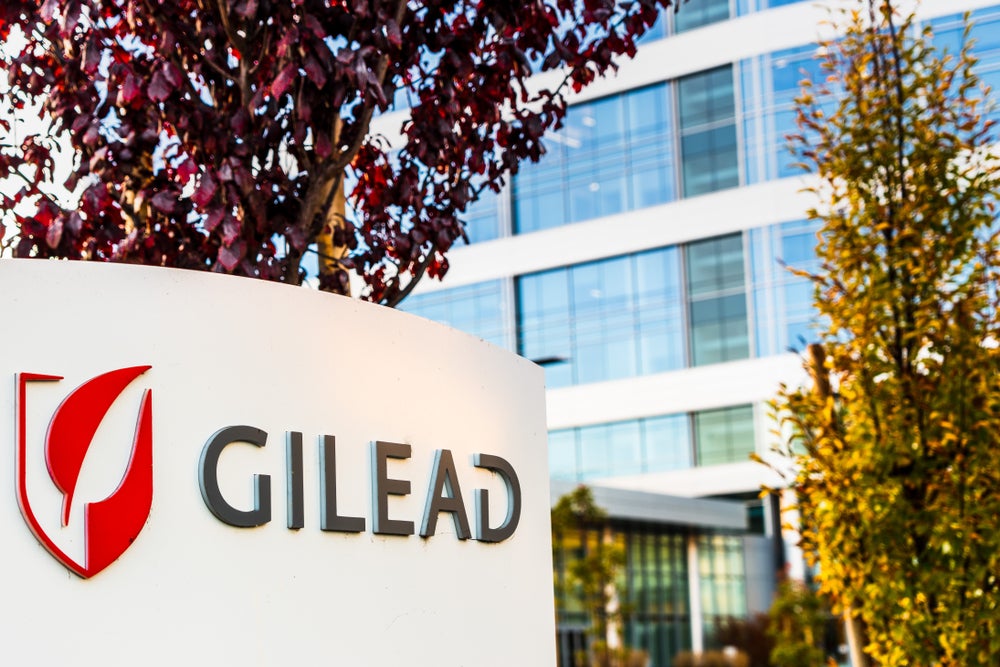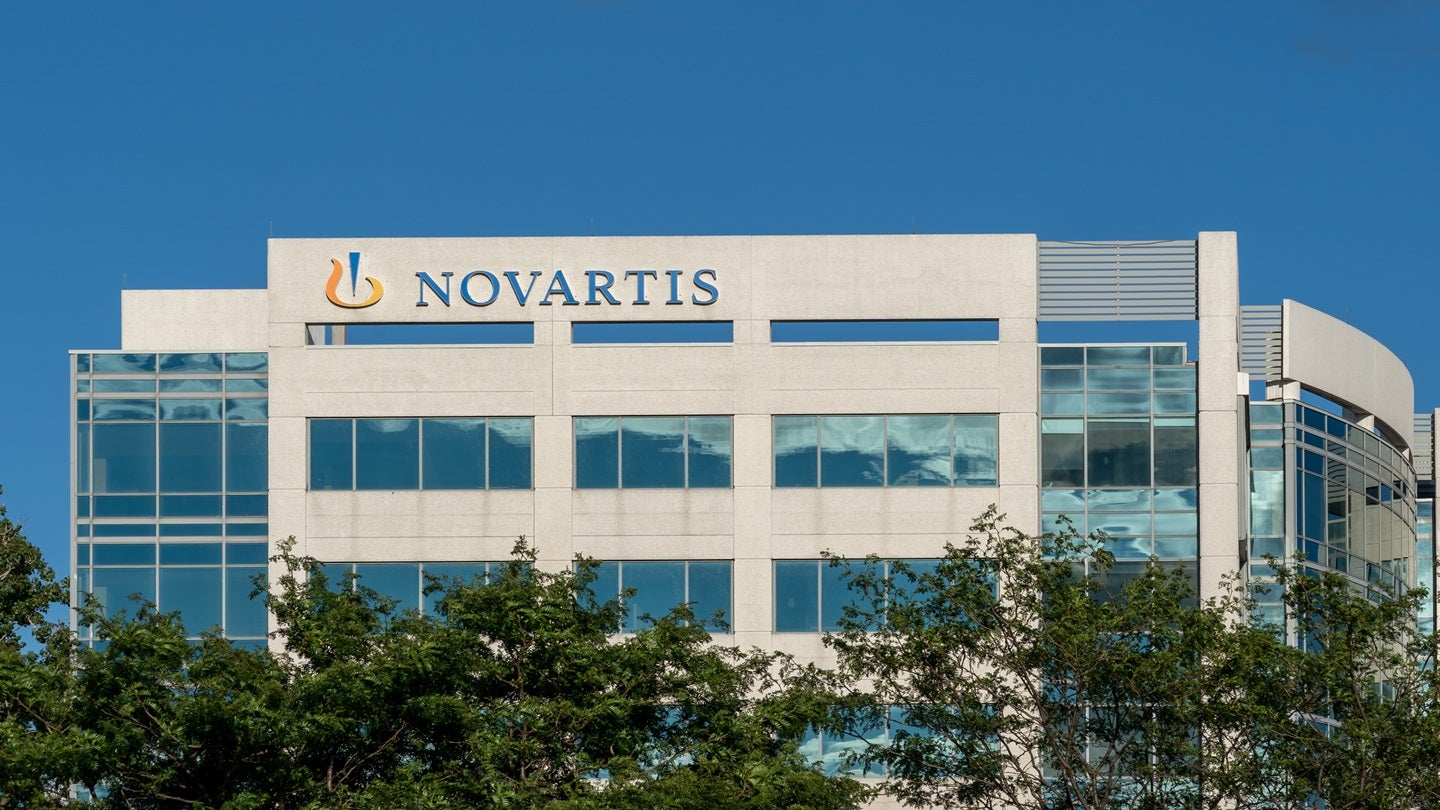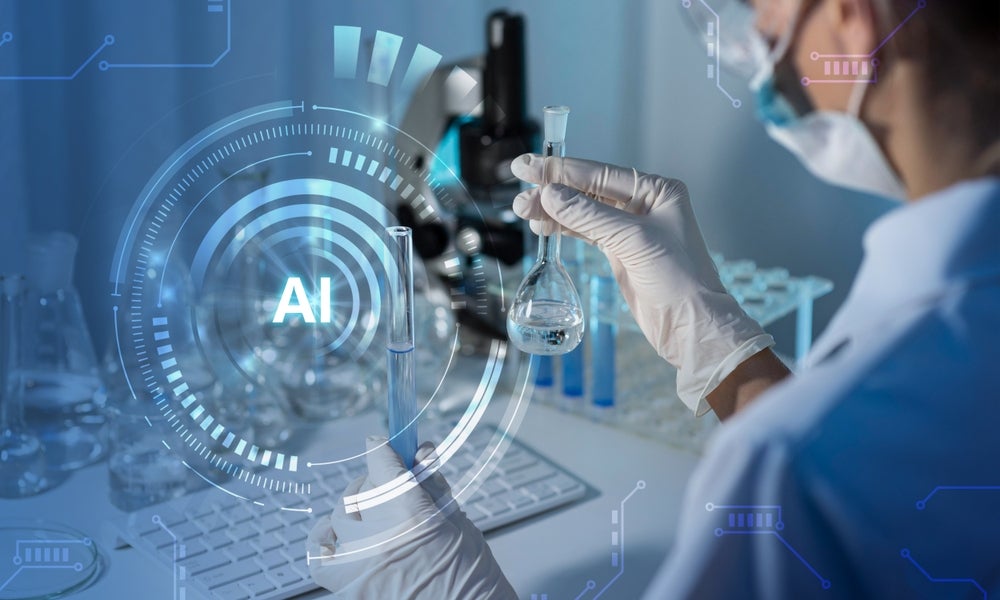Revolutionary AI Tool Set to Transform Forensic Investigations of Traumatic Brain Injuries
A groundbreaking collaboration between a diverse group of esteemed institutions, including the University of Oxford, Thames Valley Police, the National Crime Agency, the John Radcliffe Hospital, Lurtis Ltd., and Cardiff University, has yielded a revolutionary advancement in forensic science. Researchers have developed a sophisticated, physics-informed, AI-based tool designed to enhance the forensic investigation of traumatic […]


A groundbreaking collaboration between a diverse group of esteemed institutions, including the University of Oxford, Thames Valley Police, the National Crime Agency, the John Radcliffe Hospital, Lurtis Ltd., and Cardiff University, has yielded a revolutionary advancement in forensic science. Researchers have developed a sophisticated, physics-informed, AI-based tool designed to enhance the forensic investigation of traumatic brain injuries (TBI). This cutting-edge technology has the potential to dramatically transform the way TBIs are analyzed, contributing significantly to public safety and judicial accuracy.
Traumatic brain injuries represent a major concern for public health, posing severe and often long-lasting neurological challenges. In the context of legal investigations, the need to ascertain whether a particular impact resulted in a reported injury is imperative. However, until now, forensic teams have lacked a standardized, quantifiable methodology to evaluate such occurrences effectively. The recently published study presents a comprehensive machine learning framework that could serve as a game-changer in the realm of TBI investigations, offering evidence-based predictions that enhance accuracy and consistency.
Lead researcher Antoine Jérusalem, who holds the position of Professor of Mechanical Engineering at the University of Oxford, expressed the significance of this breakthrough. He emphasized that leveraging artificial intelligence alongside physics-based simulations creates an unprecedented opportunity for law enforcement officials to objectively assess traumatic brain injuries. The researchers’ AI framework is informed by actual police reports and forensic data, achieving impressive levels of accuracy in predicting TBI-related injuries across various scenarios.
In terms of statistical performance, the AI model exhibited remarkable accuracy in identifying specific types of injuries. For skull fractures, the model achieved an accuracy of 94%, while it demonstrated 79% accuracy for both loss of consciousness and intracranial hemorrhage, which pertains to bleeding within the skull. Such high levels of specificity and sensitivity—characterized by minimal rates of false positives and false negatives—underscore the utility of this tool in forensic contexts.
At the core of this innovative framework is a general computational mechanistic model of the head and neck. This model is meticulously designed to simulate the effects of different types of impacts, such as punches, slaps, or blunt force collisions against flat surfaces, analyzing how these forces influence various anatomical regions. While the model serves as a foundational predictor of potential tissue deformation or stress caused by impacts, it is the integrated AI layer that synthesizes this physiological data with additional metadata parameters, such as the victim’s age and physical characteristics, to produce tailored predictions regarding likely injuries.
The research team trained this robust framework using 53 anonymized police reports documenting actual assault cases. Each report contained a comprehensive range of relevant factors impacting injury severity, including the age, sex, and body composition of both the victim and the offender. This training infused the model with the capability to merge dynamic mechanical data with factual forensic details, thereby predicting the likelihood of various injuries occurring in real-world scenarios.
Remarkably, the study’s findings highlighted the consistency between the model’s predictive factors and established medical knowledge. For instance, when it came to predicting skull fractures, the model identified the peak stress experienced by the scalp and skull as the most crucial determinant. Similarly, for loss of consciousness, the stress metrics associated with the brainstem emerged as the strongest predictor.
Importantly, the research team clarified that this predictive model is not intended to supplant the essential involvement of human expertise in forensic investigations. Instead, its purpose is to provide an objective estimate regarding the correlation between documented incidents and the probability of associated injuries. This serves not only as a diagnostic tool but also as a means of identifying potential high-risk situations, improving the precision of risk assessments, and formulating preventive strategies aimed at diminishing the frequency and severity of head injuries.
Professor Jérusalem was keen to emphasize the limitations of their model, noting it cannot definitively identify the perpetrator responsible for an injury. Rather, it calculates whether the input data exhibit a correlation with specific outcomes. This quality underscores the necessity of meticulous data collection, where detailed witness statements remain critical in achieving reliable results.
The enthusiasm surrounding this research is echoed by Ms. Sonya Baylis, a Senior Manager at the National Crime Agency. She highlighted how harnessing innovative technologies to deepen the understanding of brain injuries can profoundly enhance the medical interpretations critical for police investigations and subsequent legal proceedings. Such collaboration marks a paradigm shift in how law enforcement engages with forensic science.
Furthermore, Dr. Michael Jones, a Researcher at Cardiff University and Forensics Consultant, noted the inherent challenges faced in forensic medicine. One of the significant obstacles has been the evaluation of whether the perceived mechanism of injury accurately corresponds to the observed injuries. The integration of machine learning into forensic methodologies allows for a more holistic assessment, where each new case provides valuable insights into the intricate relationships between injury mechanisms, primary injuries, underlying pathophysiology, and eventual outcomes.
This interdisciplinary endeavor not only showcases the power of collaborative research among engineers, forensic scientists, and medical professionals but also represents a substantial stride forward in the field of forensic biomechanics. The application of advanced AI techniques to traditional methodologies paves the way for future innovations that can equip law enforcement with tools that significantly enhance their investigatory capabilities.
In summary, the collaborative research output marks a fascinating intersection of technology and forensic science, pushing the boundaries of what is achievable in the understanding and assessment of traumatic brain injuries. It sets a precedent for future interdisciplinary work aimed at solving complex problems in forensic investigations, illustrating how blending disciplines can lead to transformative advancements that benefit both public health and justice.
Subject of Research: Advanced AI-Driven Tool for Forensic Investigation of Traumatic Brain Injuries
Article Title: A Mechanics-Informed Machine Learning Framework for Traumatic Brain Injury Prediction in Police and Forensic Investigations
News Publication Date: 26-Feb-2025
Web References: Communications Engineering
References: None
Image Credits: None
Keywords
Tags: advancements in public health and safetyAI advancements in forensic sciencecollaborative research in TBI analysisevidence-based predictions for forensic teamsforensic investigations of traumatic brain injuriesjudicial accuracy in traumatic brain injury casesneurological challenges from TBIsphysics-informed machine learning applicationspublic safety and brain injury investigationsrevolutionary tools for brain injury assessmenttransformative technology in legal investigationsUniversity of Oxford research contributions
What's Your Reaction?

































